As with many other hobbies and disciplines, the equine world is full of jargon that may be confusing to someone who has recently got into horse riding. Even if you’ve ridden for years, there may still be words or phrases you’ve yet to learn, especially if you’re moving into eventing having only previously ridden as a hobby.
Before you learn some horsey lingo, is it time to review your horse insurance? If you ride horses, then you need horse rider insurance, which can include things like personal accident cover, public liability, cover for equipment and vet fees up to a specified amount.
Equesure has decades of experience in arranging cover for horse riders. We’ll take the time to understand your unique needs before finding a suitable policy for a competitive price.
Now, if you want to be more clued up on horse talk, we’ve put together this handy glossary of common terms and phrases that will help. Take note…
Action
The way in which a horse moves at various gaits.
Aging
The method of assessing how old a horse is by examining its teeth.
Aids
Rider signals which tell the horse what it should do. These include natural aids (like voice, legs, hands and seat) and artificial aids which are used alongside natural aids (such as spurs, whips, bits and martingales).
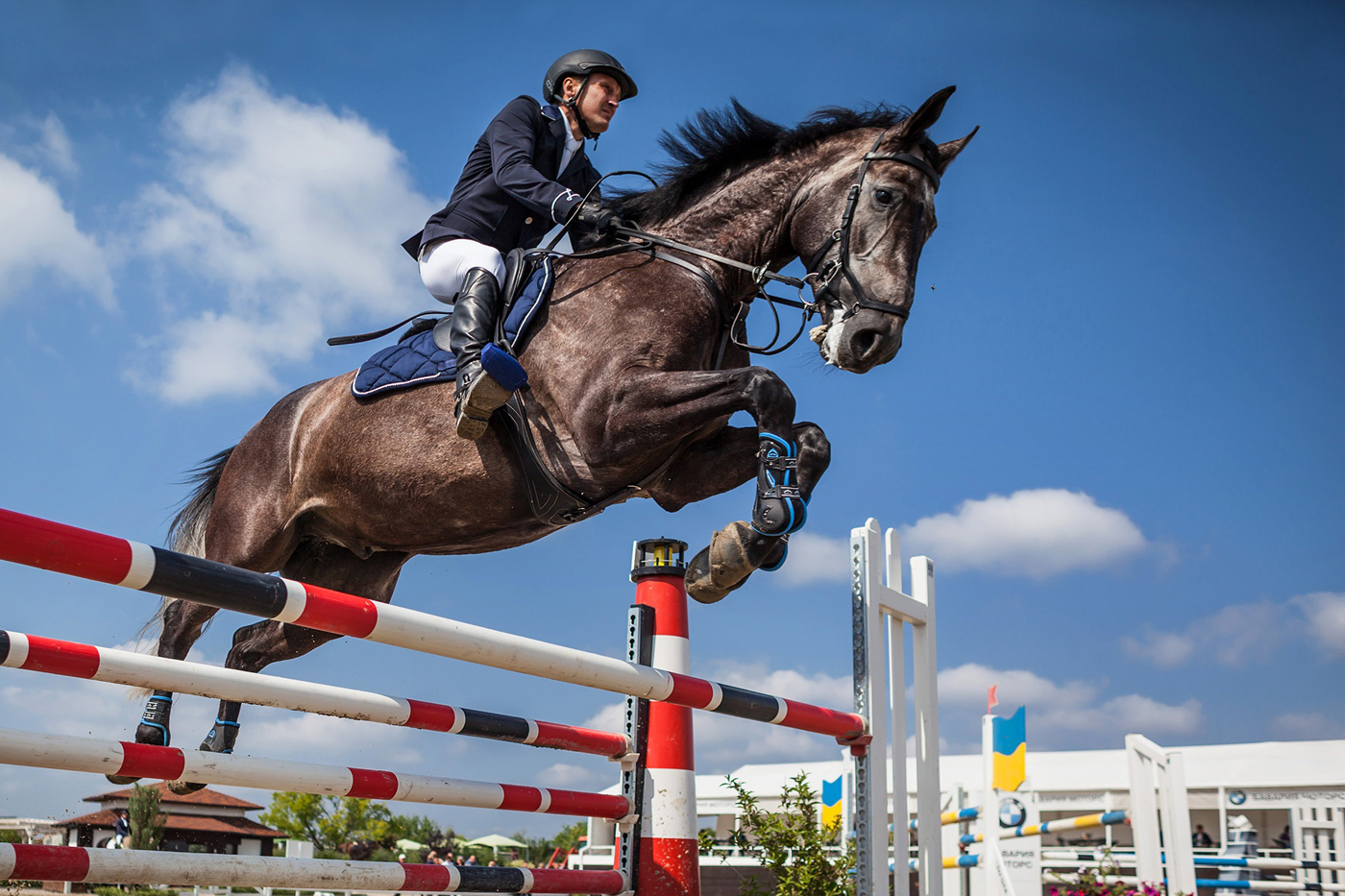
Baulking
When a horse refuses to move due to factors such as pain, injury disobedience or because it’s frightened.
Bit
An item (usually a metal bar) that is held by a bridle and placed inside a horse’s mouth in order to guide it.
Blinkers (or blinders)
A piece of horse tack (equipment) that prevents a horse from seeing to the rear and sometimes the side, limiting distractions while helping concentration.
Boxwalking
A habit developed by some horses left in a stable, where they walk around the confines of their stable repeatedly.
Bridle
Headgear that’s positioned around a horse’s head and holds the bit in place in its mouth. This includes the reins.
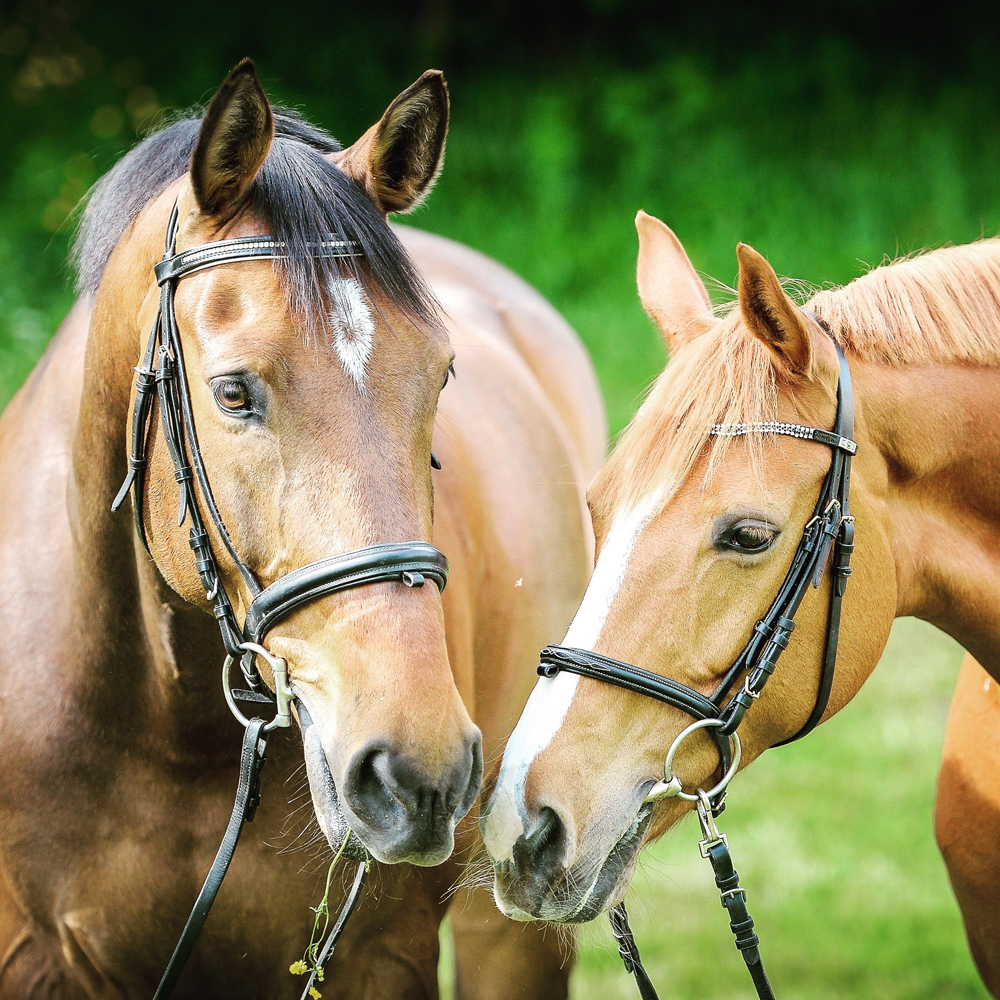
Chifney (or anti-rearing bit)
A special type of bit used to control horses that are difficult to lead.
Clipping
The act of clipping a horse’s hair. Different names are given to different patterns, such as blanket clip, trace clip and strip clip.
Draught
A large horse breed used as a working for demanding tasks such as ploughing and pulling heavy loads.
Farrier
A blacksmith specialising in horses feet and shoes. Regular maintenance is essential for a healthy equine.
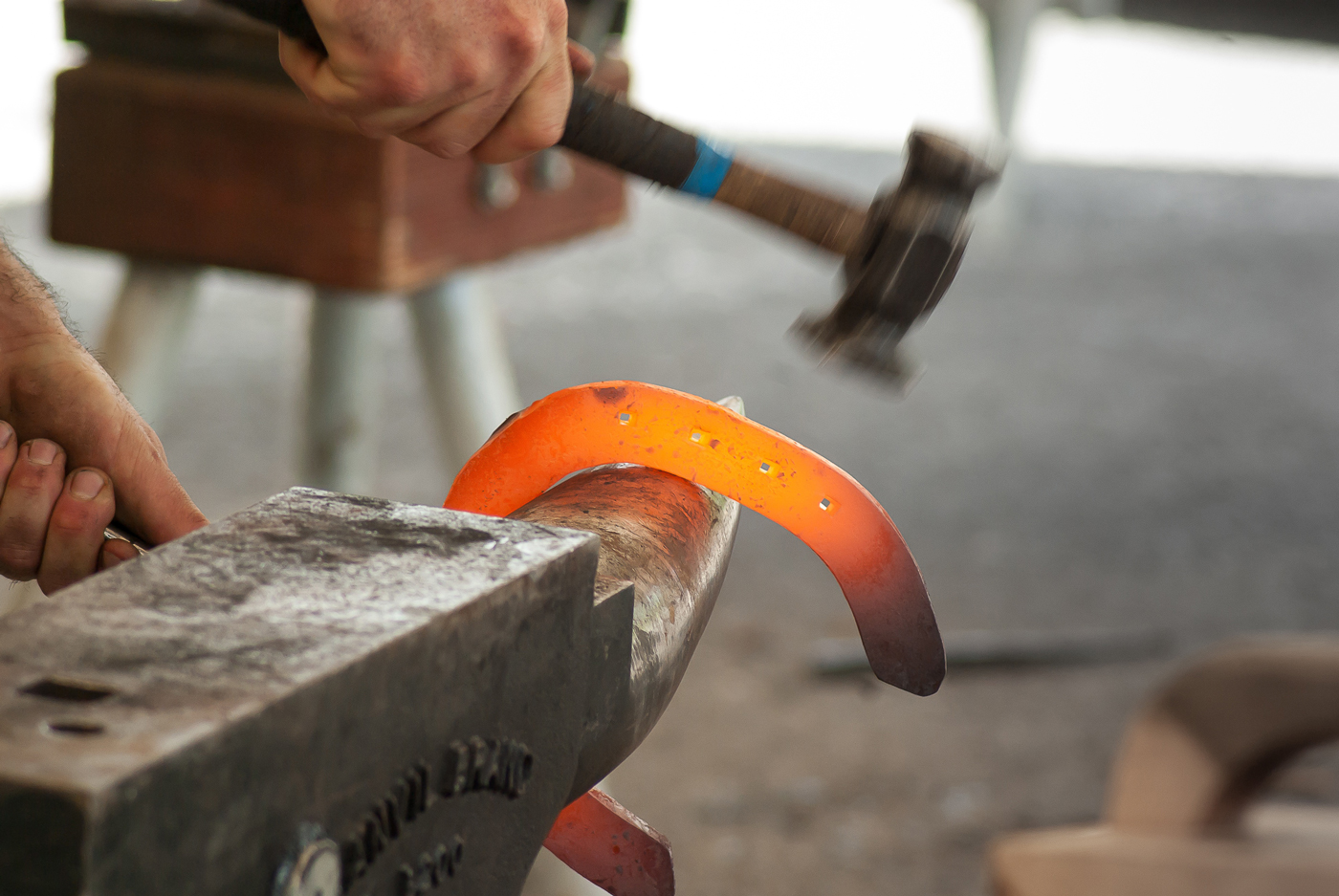
Flank
The side of a horse.
Form
Used in various ways – i.e. to describe the overall fitness of a racing horse, or the style a horse adopts when it jumps over fences in showjumping.
Frog
Part of the horse’s hoof, located on the underside, which acts as a shock absorber when the foot makes contact with the ground. Soft frogs aren’t good.
Gaits
The way horses travel – from slow to fast, the natural gaits include walk, trot, canter and gallop.
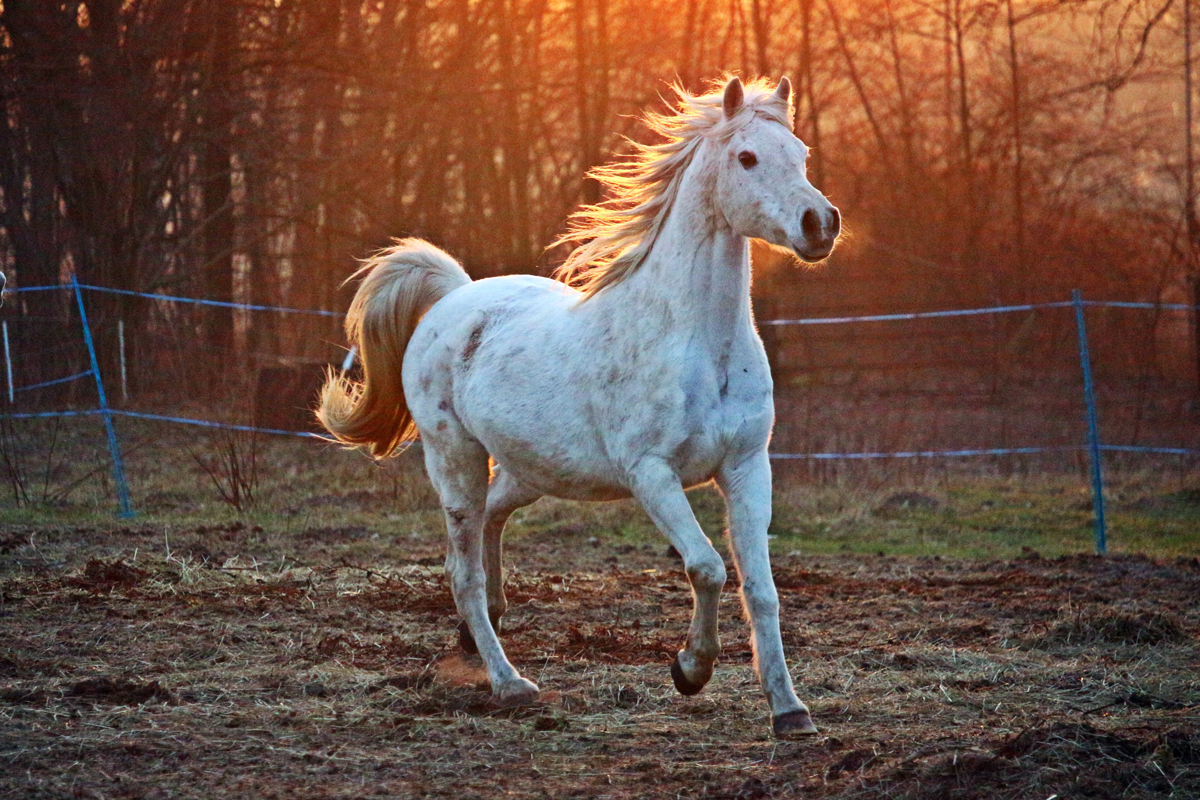
Gelding
A castrated male horse (also the phrase used to describe the act of neutering the animal).
Good doer
A horse or pony who is able to gain or maintain weight very easily, usually after eating very little. The opposite is a poor doer.
Hack
The term used to describe either a common yet useful horse, or a casual type of horse ride (typically for leisure riding around places such as the forest).
Hackamore
A form of horse headgear that utilises a bosal or noseband rather than a bit.
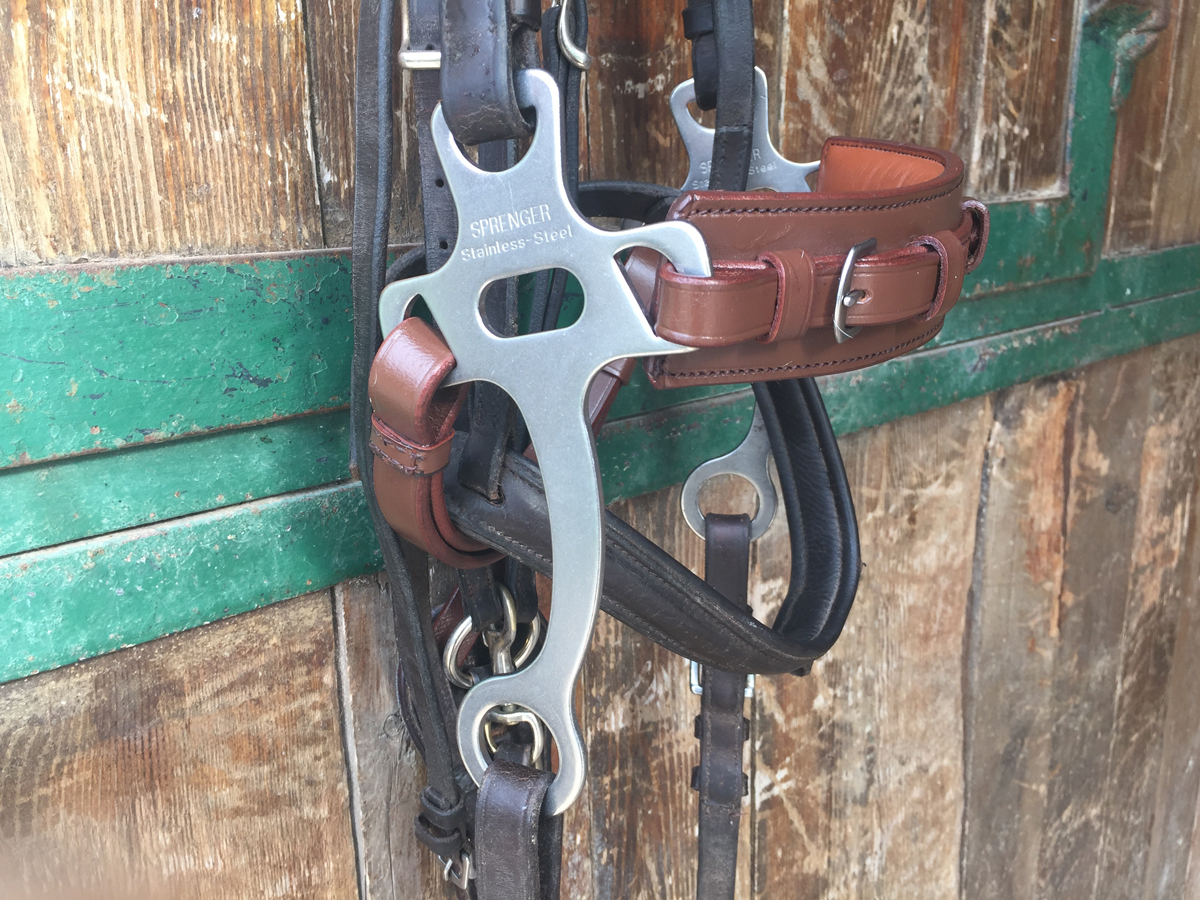
Headshy
A horse that doesn’t like its head being handled or touched, which can make it difficult for riders to groom them or tack them up.
Light horse
A horse that’s used for driving or riding and not for pulling loads.
Mare
A female horse more than four years old.
Martingale
A type of tack used for driving and riding horses to control the way the horse carries its head.
Nearside
The left-hand side of a horse. This is because people mount the horse from the left.
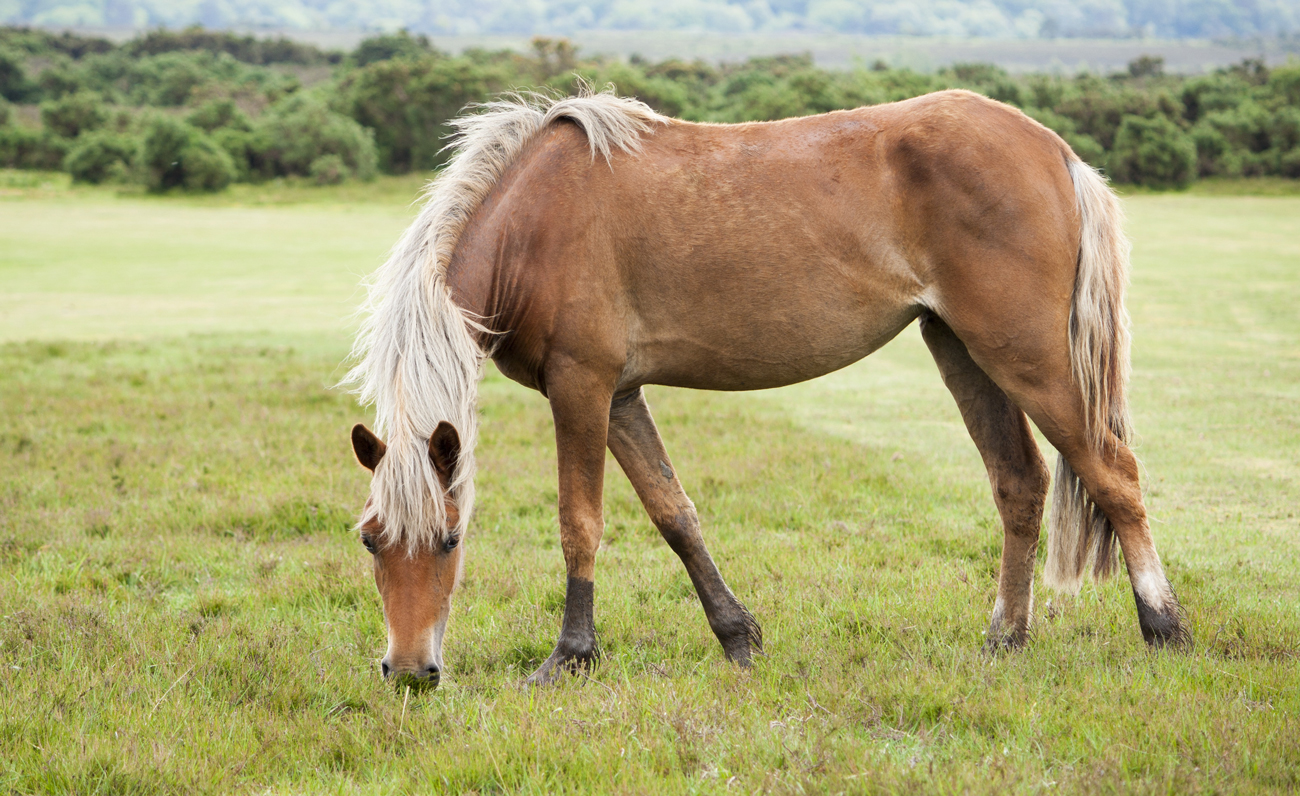
Off side
The right-hand side of a horse.
Spooky
When a horse is easily frightened and will run away from anything that ‘spooks’ him or her.
Stallion
A male horse over four years of age that hasn’t been castrated (also known as gelded).
Stud
A male horse used for breeding.
Tack
Any piece of equipment the horse wears, including blinkers, saddles, bridges and halters, along with horse care items.
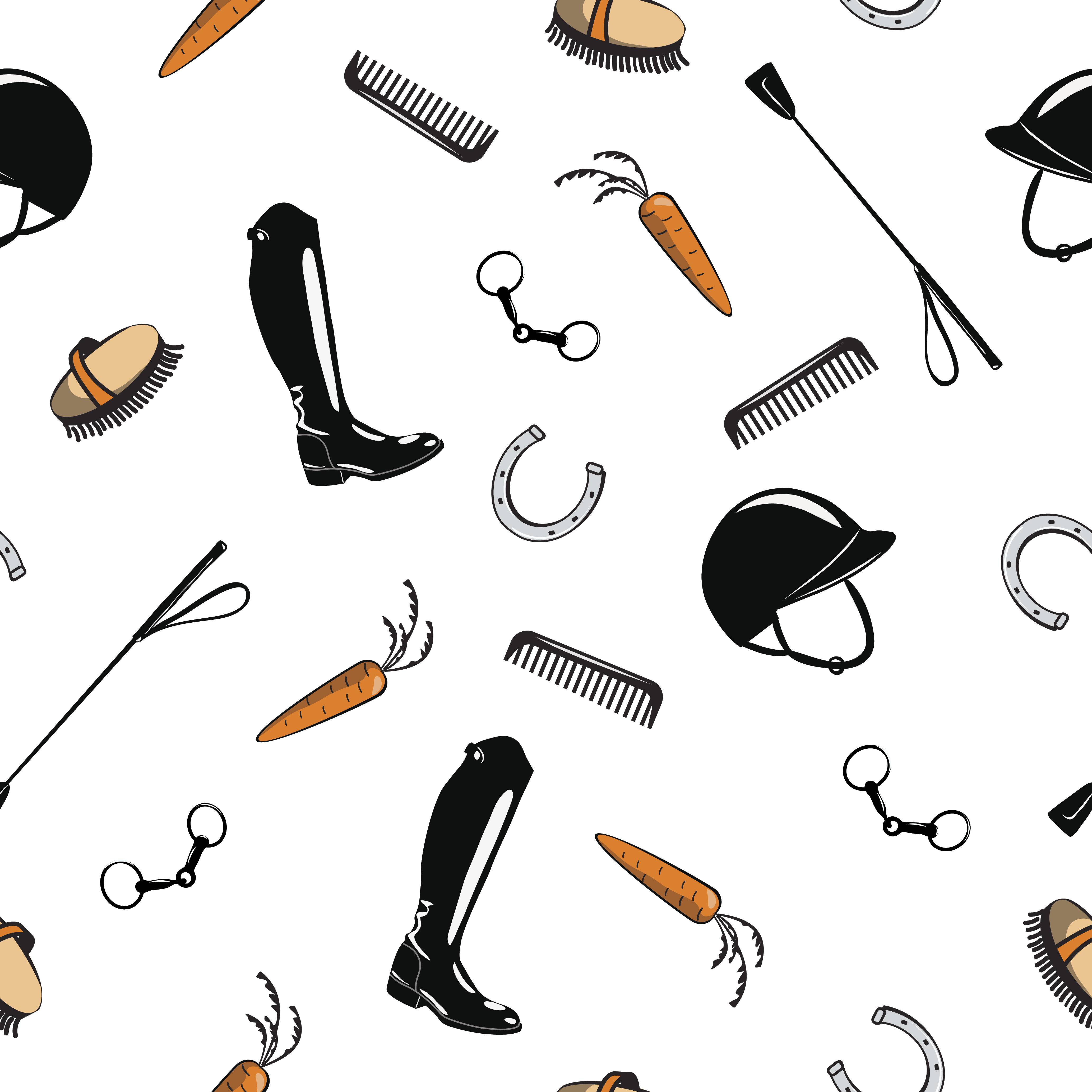
Transition
When a horse moves from one gait to another.
Twitch
An item used to restrain horses when they are stressed, such as when they are receiving veterinary treatment. It releases endorphins to lower stress levels and calm them down.
Unshod (barefooted)
A horse that isn’t wearing horseshoes.
Unsound
A horse that has health problems or is showing significant lameness.
Vice
A bad habit a horse has that could make it difficult to train, work or keep (like bucking, biting or kicking). They can also be bad habits such as weaving or crib biting from being stuck in a stable for long periods of time.
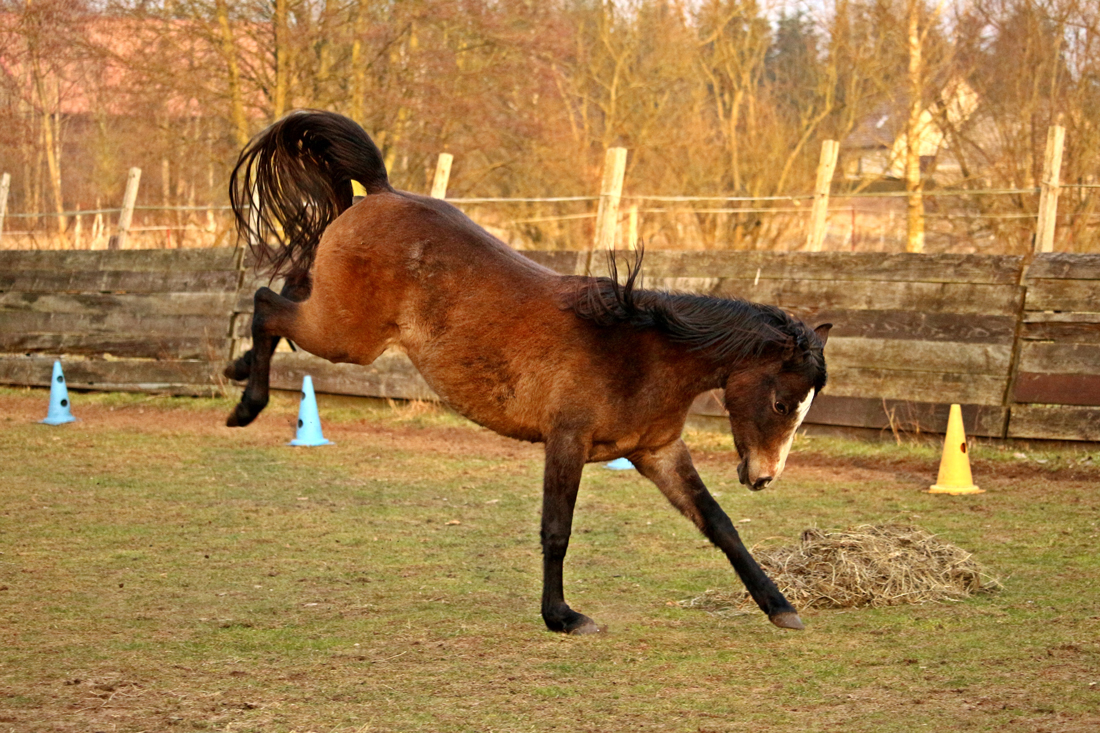
Whorl
A patch of hair on a horse that grows in the opposite direction as the rest of the hair. Whorls are usually found on the face, stomach, stifle and neck.
Yearling
A young horse aged between one and two years old.
Horse rider insurance from Equesure
Our expert team has more than 60 years of combined experience in the insurance market, granting them extensive knowledge of Equesure’s products and services.
Horse rider insurance can cover you whether you own the horse or not. Whether you ride regularly or occasionally, we will work to find you a policy that best suits your individual requirements.
We offer two types of rider policy – Junior (5-17 years) and Adult (18-65), the –features and benefits included as standard are:
- Public liability up to 1 million
- Personal accident cover (up to £20,000)
- Personal dental treatment cover up to £1,750
- Saddlery and Tack cover up to £2,500 (single article limit of £1000)
- Vets fees up to £1,500 (accidental visible injuries only)
- Death of horse cover up to £3,250 (or market value, whichever is less)
- For juniors - School fees Optional extras include – riding clothes, premium waiver & legal helpline.
Getting a quote couldn’t be easier – simply give us a call on 0161 425 7015 or fill out the ‘request a quote’ form and one of our horse rider insurance experts will be in touch to talk you through the benefits.
Get a quick quote today.











